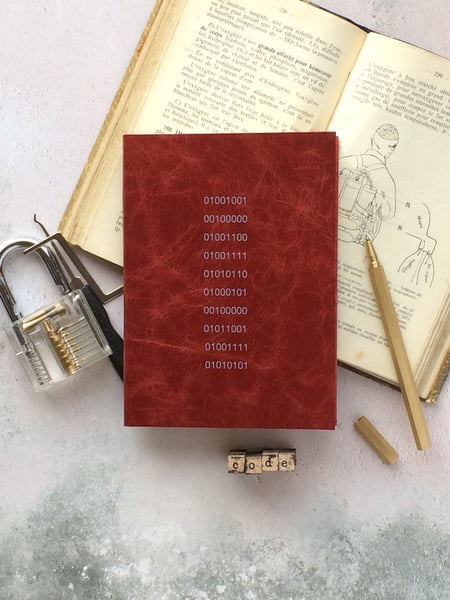Marketers are just starting to understand how AR can help boost ecommerce conversions, but it’s clear that shoppers in the digital world respond differently to products they’re able to examine in the digital realm and visualize in context.
The reason for this is two-fold: consumers love having the ability to examine products thoroughly and highly customizable digital renderings enable customers to see what the product they’re interested in purchasing will look like when it arrives at their door. Together, these enhanced capacities boost consumer confidence, which improves conversion rates and reduces the number of returns.
 So, how can you digitize your product catalogue without buying software to convert 2D images to 3D models? There are two main paths to choose from:
So, how can you digitize your product catalogue without buying software to convert 2D images to 3D models? There are two main paths to choose from:
1. Use Images and a Product Sample
The first way to create a digital, 3D rendering of a product is to gather with a few digital pictures of that object and to have an example of the product in hand. This is square one.
It’s important to have the real product whenever possible because it gives you a good sense of the materials. You’ll want to see first-hand how the materials reacts to different levels of light and it looks in context. A photo is just not quite enough.
To create an accurate digital model, the real product your best point of reference. The supporting images will help you accurately check the product’s measurements for rendering.
2. If You Can’t Access the Product, Use Photos and CAD Files
Unfortunately, for a number of reasons, it’s not always practical (or possible) to have an example of the actual product on hand. Perhaps the product hasn’t been manufactured yet or the items that you need to render into 3D is located an ocean away. In these instances, you can rely on two types or references in tandem: photos and CAD files.
For this combination, it’s better to have lifestyle photos or hero shots that demonstrate how the product is intended to look. These are helpful because they’ll show you how the company’s art director envisions the product.
To fully capture the object, the more photos and the more variety the better. For example, side shots and top-down shots are crucial to capturing the silhouette. Of course, a good three-quarter angle photo be of tremendous help when you’re trying to understand how parts of an object fit together.
This is where CAD files or blueprints can be helpful, especially when you’re trying to render larger pieces. Because CAD files are created for manufacturing purposes, they aren’t ready to be used for rendering or real time applications, but they can be very helpful for digitizers to use as a reference for proportions and for confirming the location of details.
The Benefits and Challenges of 3D Rendering
Today, software makes photogrammetry more readily available as a way to get create photorealistic images of products by stitching together multiple images. For product rendering, photogrammetry can help….
- Accurately capture the shape of an object.
- Create a 3D mesh that mimics the texture of an object based on photos.
- Create renderings without having to figure out how to securely ship a new product halfway around the world. In the past, getting the latest sample vehicle for product photography was expensive, time-consuming, and risky.
- Avoid logistical issues that come with coordinating production timelines and marketing schedules.
Of course, stitching images together also has its limitations. Today’s software is challenged by certain qualities when it comes to texture – it’s not quite smart enough to accurately render the qualities of transparent surfaces, reflective metals, or glass.
Fortunately, 3D renderings are already here, and they’re excellent. Today’s IKEA catalogue is over 75 percent renderings, almost all of which are computer-generated. This often-cited example of how ubiquitous digital renderings have become is popular because it showcases some of the main benefits of this technology: it enables customers to envision how a variety of products look in context so that they can imagine how things will look in their own homes.
And this technology allows IKEA (and many other companies) to keep up with a fast-paced sales cycle. The best part of 3D rendering may just be that it allows you to make changes quickly and in real time. Of course, photos can be quickly produced, but you can create many more images and edits faster when you’re pulling together images from files rather than a complicated studio set.
The Future Is 3D Digital Product Renderings
While few online retailers are giving away their secrets to conversion online, a few retailers have cited that their conversion rates for products where they’d added 3D views had increased 40 percent – and this lift isn’t the only benefit. By opting to create 3D renderings rather than photograph your products in a 360-degree spin, you’ll see huge cost savings in both technology and the logistics of getting products into the studio to photograph.
Today, any manufacturer can get a digital 3D model of their product without too much labor, but it may not be of the hyperrealistic quality that you want, and that model may not be AR-ready. As digitization standards and practices are being established, it can help to have experts on your side who are familiar with the specs you’ll want on your deliverables.
At Threekit, our goal is to develop our platform to the point where partners can use it without our help or guidance, and the right platform will empower you to create the digital 3D models you need for ecommerce today, whatever your starting point.


